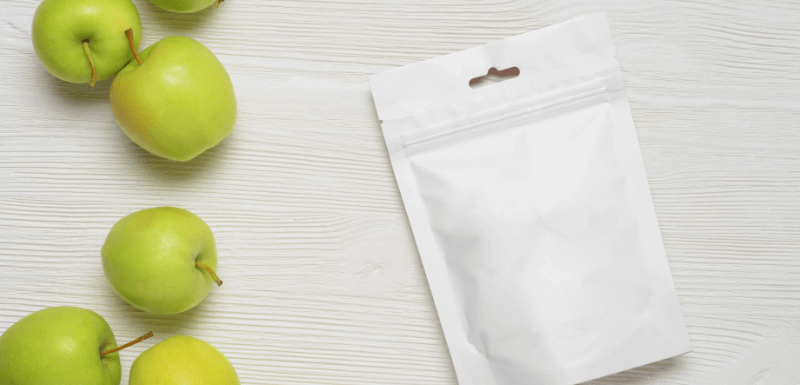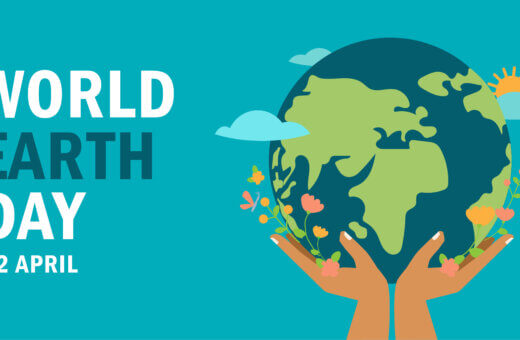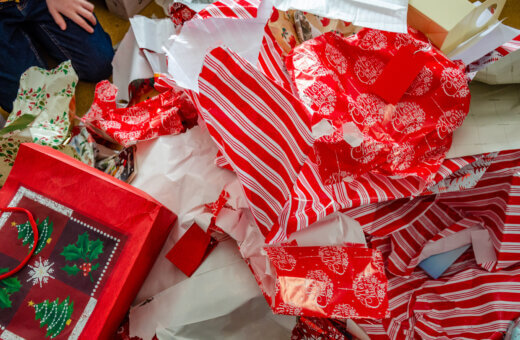What is a single polymer material?
A polymer is a substance or material composed of large molecules called macromolecules. Single polymer materials are simply materials that are made of a single polymer as opposed to several.
Most polymers, including polyethene and polypropene, are not biodegradable, which means that they last for many years in landfill sites.
There are two types of polymers – thermoplastic and thermosetting. The main difference between them is that a thermoplastic polymer melts and softens when heated. Thermosetting polymer hardens and can’t be reformed when heated.
How does recycling work?
Recycling can be classified as anything that involves the recovery or reuse of materials. Anything that acts to extract some kind of value from something that is otherwise waste can be included within the definition of recycling.
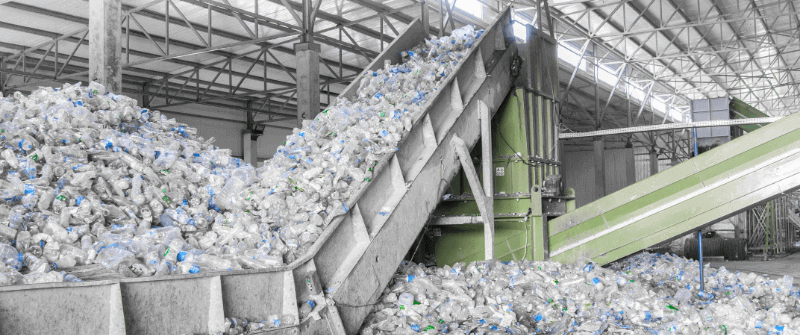
It’s uncommon for a recycled product to be the same as the original materials from which it was recycled. For example, recycled paper contains ink residue which makes it less desirable for certain purposes. When a recycled good, in this case, paper, is weaker than the original product, it’s known as downcycling. At some point, goods move so far down this stream that they can’t be reused anymore. In some cases, goods can be upcycled – made into something more valuable than the original product.
Making new products without using recycled materials results in natural resources being depleted in the manufacturing process. Paper uses wood pulp from trees, for example. So, making something from recycled materials uses fewer natural resources.
How single polymer material enables recycling
Primary recycling involves processing scrap. An important subclass of primary recycling is known as ‘closed loop recycling.’ This is where the polymer from a single product or product type is collected and recycled into the same product. On the other hand, when an open-loop recycling process is considered, the composition of plastic mixtures can be complex. Problems of chemical incompatibility may arise.
Because of this, it’s clear that the growing demand for polymer blends in modern plastic markets shows an issue in the physical recycling of post-consumed recycled projects. Only tailor-made separation techniques will allow attainment.
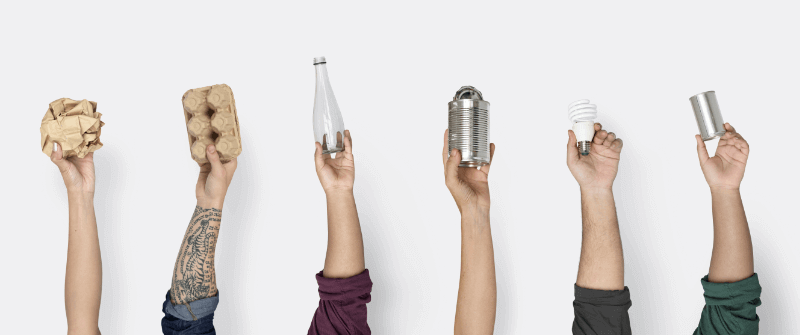
There are two different methods to categorise plastic recycling. It can be distinguished between primary recycling (the recycled plastic has the same purpose as the virgin one), secondary recycling (the recycled plastic has a different purpose to the virgin one), tertiary recycling (depolymerization of plastics to recover original monomers and/or chemicals) and quaternary recycling (energy recovery through incineration). In simpler terms, it can be distinguished between physical recycling (material recycling), chemical recycling and energy recycling.
Preventing the mixing of plastics in the waste stream makes identification and separation much easier. Manual sorting can often be slow and unreliable. So, when a single polymer material is collected instead of several different types, it’s much easier for them to be recycled. Not only this, but it also reduces the amount of energy needed to split up various materials. This makes the entire recycling process a lot quicker and more cost-effective.
For example, when companies introduce ‘Save A Cup’ strategies, they’re ensuring that single polymers are collected that are only slightly contaminated by residue from drinks.
How Tyler Packaging can help
Tyler Packaging uses a single polymer resin to make packaging that is 100% recyclable, as part of our ongoing commitment to better the planet and its environment.
The future of the industry, and the world as we know it, starts with sustainability. To partner with Tyler Packaging, and do your bit for the environment by making the simple switch to recyclable packaging, get in touch with us today.
Give us a call on 01926 651451 or email us at info@tylerpackaging.co.uk, or request a sample pack to see what might work best for you.
